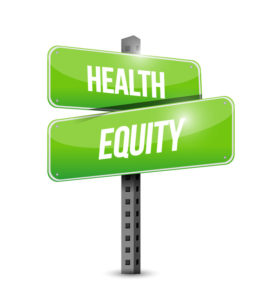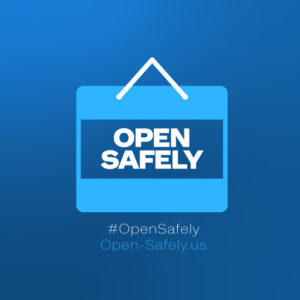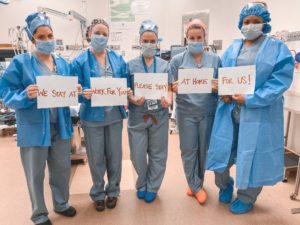I have highlighted Bill Russell’s podcast series, This Week in Health IT, in several previous blogs and shared many of the episodes on social media. If you work in health IT and are not yet listening to them and subscribing, what are you waiting for? This podcast represents some of the best content available in our industry.
and subscribing, what are you waiting for? This podcast represents some of the best content available in our industry.
Bill launched the podcast in early 2018. Starting this past March, he pivoted from twice a week to a daily podcast with a COVID-19 Field Report series made possible by the generous sponsorship of Sirius Healthcare. In the first six months of 2020, there were 100,000 downloads compared to 120,000 in all of 2019. With the Field Report series still available for listening, Bill has gone to a three day a week schedule – Tuesday NewsDay and Influence interviews on Wednesdays and Fridays.
There will only be one episode this week – Tuesday Newsday with guest host Drex DeFord as Bill is taking a week off. Drex is a frequent guest on the show and he offers yet another way to receive relevant content with 3xDrex – what he describes as “3 Must-Reads, 3 Days/Week curated by a real healthcare exec” delivered via text.
I highly recommend that you listen to three recent This Week in Health IT episodes:
Atmosphere: State of Healthcare – Bill was the guest speaker at the recent Aruba Atmosphere Digital Conference. His talk provides great insight on the major changes in healthcare and IT the past several months as well as projections for the future. It is truly a unique episode with lots to learn from one of the best! Continue reading







